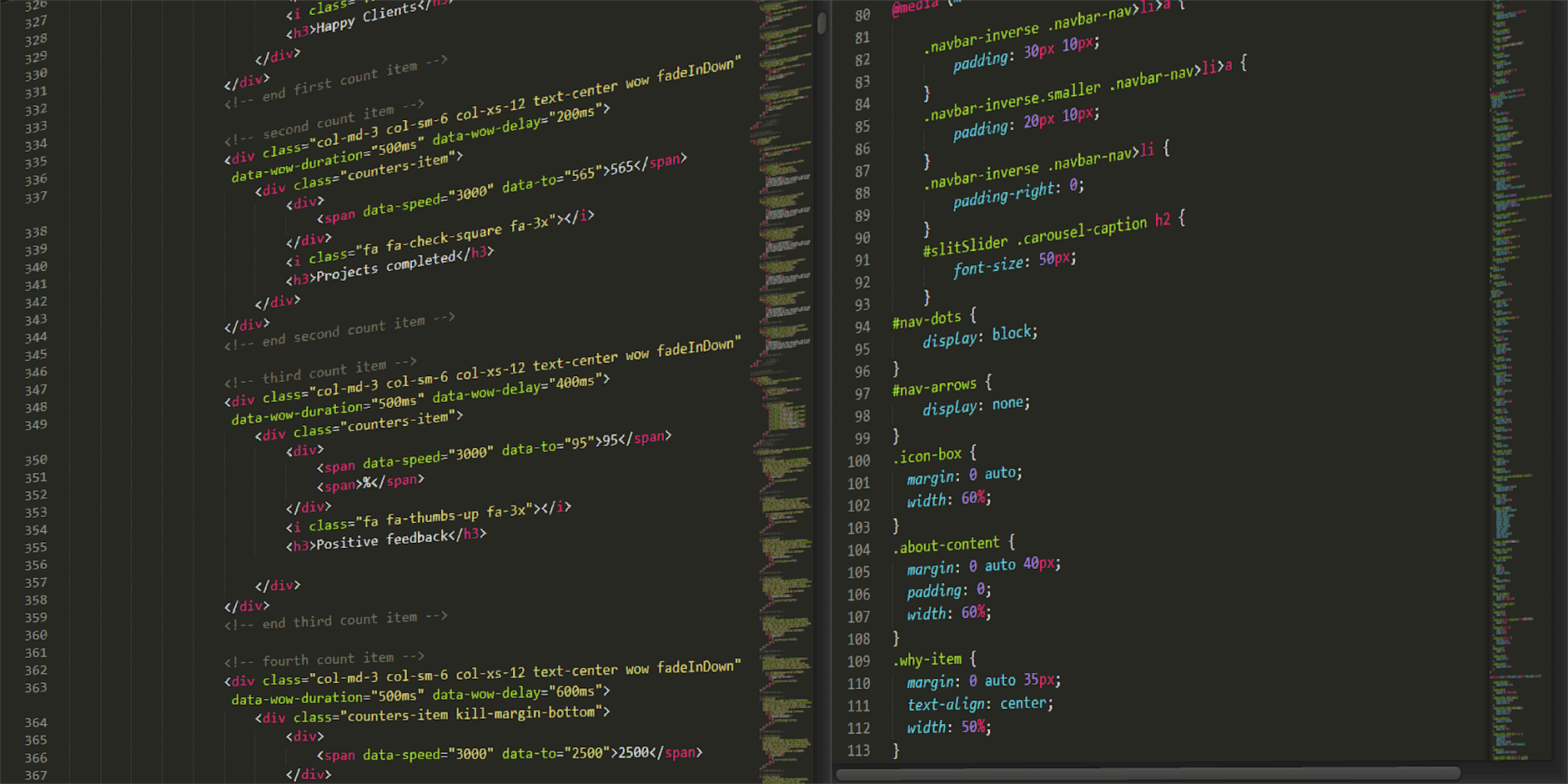What User Feedback Reveals About Today’s HR Software

In the tectonic shift toward digital transformation, no department has undergone a more underappreciated renaissance than Human Resources. Often perceived as bureaucratic, HR has evolved, accelerated by technology, into a strategic nerve center integral to talent retention, cultural health, and regulatory compliance. At the vanguard of this evolution sits HR software: the constellation of applications designed to automate payroll, manage benefits, track applicants, and chart the trajectory of human capital. But for organizations looking to invest in or upgrade such software, the spectrum of available options can be dizzying. To discern substance from sparkle, it is invaluable to consult user feedback. Real-world experience is where marketing boasts, implementation hiccups, and day-to-day frustrations or joys collide, resulting in candid truths about what these platforms achieve, or fail to deliver.
The contemporary HR software landscape is as fragmented as it is fertile. Commanding names like Workday, BambooHR, and ADP vie with nimble newcomers like Gusto and Rippling. Each vendor touts unique selling points, yet the ultimate verdict emerges not from feature checklists but from the lived realities of HR professionals, business owners, and employees. When you wade through hundreds of reviews across platforms like G2, TrustRadius, and Capterra, distinctive trends surface. Users speak less about technical minutiae and more about outcomes: efficiency, transparency, data-driven decision-making, and the relief of eliminating tedious manual entry.
Workflow automation looms largest among positives highlighted by users. Tasks that once consumed hours, manually updating payroll, juggling time-off requests, shepherding onboarding paperwork, can now be handled in minutes, sometimes even seconds. For instance, mid-sized companies often cite BambooHR’s user-friendly interface as a game-changer. Reviews point toward drastically improved onboarding experiences, where paperwork is digitized, new hires receive welcome packets before their first day, and compliance boxes are ticked without HR needing to hover. Employees, meanwhile, appreciate self-service dashboards that allow them to update personal information, track vacation balances, and access payslips with minimal friction.
Yet, speed and slick user experiences mean little if the backbone, the data, is flimsy or unreliable. Here, veteran products often excel. Long-standing users of ADP and Ultimate Software, for example, beam about robust reporting tools and deep integration with other core business systems. Historical payroll and benefits data, essential for audits and analytics, is reliably archived. However, these platforms are sometimes pilloried for convoluted interfaces and steep learning curves, signposting a trade-off between legacy power and modern intuitiveness.
Cost, predictably, proves to be a flashpoint across the board. Multiple user reviews bemoan opaque pricing structures, surprise fees, and rigid contracts. Fast-scaling startups, while enamored with the flexibility and innovation of solutions like Gusto or Zenefits, later discover that once headcounts surpass a certain threshold, fees can snowball dramatically. This underlines a salient lesson: businesses must project not only their current size but their medium-term trajectory when selecting software. A tempting low-entry price loses its gloss if migration costs or price hikes eclipse the value gained.
Integration, often promised, less often delivered, is another area where user sentiment divergently spikes. HR rarely exists in a vacuum. Payroll feeds into accounting; time tracking links to project management; talent management syncs with learning and development tools. While new entrants boast REST APIs and plug-and-play connectors, feedback reflects that real-world integration often hits snags. A misaligned data field or unscheduled software update can torpedo hours of work. Here, reviews suggest that vendor support becomes decisive. Companies consistently laud platforms offering responsive, knowledgeable support that actively guides integration, rather than merely supplying user manuals.
No discussion of HR software is complete without confronting the privacy and compliance elephant. As data privacy regulations proliferate globally, HR software must now shoulder ever heavier burdens to keep sensitive employee data secure. End users increasingly cite features such as automated compliance updates for regional tax laws, GDPR tools, and role-based access control among their most valued. The platforms that allow HR teams to demonstrate compliance on demand, rather than scrambling for documentation, are winning long-term loyalty, especially as audits grow in scope and rigor.
The challenges illuminated by user feedback are instructive, yet so are the opportunities. Perhaps most striking is the transformative potential HR tech holds for company culture. Transparent performance review tools and recognition platforms have been called out in reviews as catalysts for more equitable workplaces. When feedback and communication are embedded deep into daily workflow, and anonymized data spotlights engagement or burnout risks, organizations can intervene before minor issues metastasize.
From a broader vantage, the HR software market’s accelerating innovation signals a wider trend: the shrinking of the technological gap between large enterprises and small businesses. Where once only Fortune 500 companies could afford customizable HR suites, cloud and SaaS pricing models have democratized access. This equalization has a ripple effect, enabling even fledgling companies to court top talent with the kind of seamless digital experience that employees now expect everywhere in their lives.
Yet, caution remains the companion of progress. The lesson sung loudest by user feedback is that the best HR software is not the platform with the most features, the prettiest dashboard, or the cleverest artificial intelligence chatbot. Instead, it is the product that aligns most closely with the rhythms and requirements of each organization’s unique culture, scale, and strategic goals. Investing time upfront to solicit input from all stakeholders, from the CFO worried about cost all the way down to new hires navigating onboarding, proves far more fruitful than relying solely on vendor promises.
Ultimately, HR software is both a mirror and a lever for transformation. The mirror reflects an organization’s current strengths and pain points, while the lever, properly tested, chosen, and implemented, amplifies productivity, fairness, and adaptability. For businesses embarking on this journey, the honest, unvarnished experiences of their peers serve as both caution and inspiration. In the crowded marketplace of HR technology, it is these lived stories that offer the clearest map forward.


